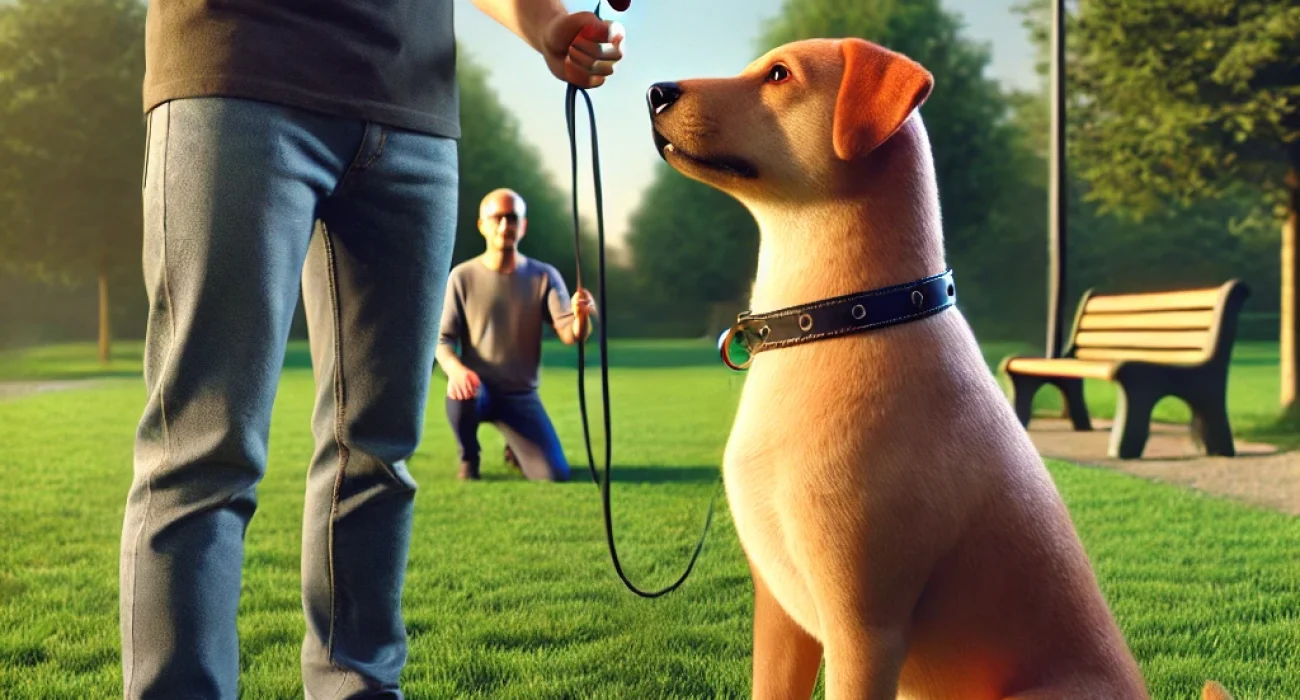Impulse control is one of the most critical disciplines in a dog’s life. Without it, a dog becomes a victim of its instincts, desires, and impulses. With strong impulse control, a dog can resist the urge to chase, lunge, or react. In this post, we’ll explore why impulse control is essential, the benefits it brings to both dogs and their owners, and practical methods to teach it effectively.
Understanding Impulse Control
Impulse control refers to a dog’s ability to pause and think before reacting to a stimulus. This self-discipline helps dogs make better decisions, ensuring their behavior is appropriate and manageable. For example, a dog with good impulse control won’t dart out the door the moment it’s opened or snatch food off the table without permission.
Why Impulse Control Matters
- Safety: Dogs with good impulse control are less likely to put themselves in dangerous situations. They will think twice before running into traffic, chasing after wildlife, or engaging in fights with other dogs.
- Better Behavior: Impulse control reduces undesirable behaviors like jumping on guests, barking excessively, or pulling on the leash. This leads to a more harmonious living environment.
- Enhanced Training: Dogs with impulse control are easier to train. They can focus better during training sessions and are more responsive to commands.
- Improved Social Interactions: Well-behaved dogs are more welcome in public spaces and social settings. They can interact more calmly with people and other animals, reducing the risk of negative encounters.
Teaching Impulse Control: Step-by-Step
Start with Basic Commands
Begin with basic commands like “sit,” “stay,” and “wait.” These commands teach your dog to pause and wait for your cue before acting. Practice these commands in various settings to reinforce the behavior.
Use Positive Reinforcement
Reward your dog with treats, praise, or playtime when they exhibit good impulse control. For instance, if your dog waits patiently before eating or doesn’t jump on guests, reward them immediately to reinforce the behavior.
Incorporate Real-Life Situations
Apply impulse control training to real-life scenarios. Teach your dog to wait at doorways, before crossing the street, or before getting out of the car. Gradually increase the difficulty by adding distractions.
Practice “Leave It” and “Take It”
These commands are vital for impulse control. Place a treat on the ground and use the “leave it” command. Once your dog ignores the treat and looks at you, reward them with a different treat. The “take it” command can be used to let them know when it’s okay to take something.
Gradual Increase of Distractions
Start training in a quiet environment and gradually introduce distractions. This could be other people, animals, or toys. Increasing the level of distractions helps your dog learn to maintain control in more challenging situations.
Use Toys and Games
Engage your dog in games that promote impulse control, such as fetch with a twist. Make your dog wait before throwing the ball. Only release the ball once they have remained calm and seated.
Common Challenges and Solutions
- Consistency: Ensure all family members use the same commands and techniques to avoid confusing your dog. Consistency is key to reinforcing impulse control.
- Patience: Impulse control takes time to develop. Be patient and keep training sessions short and positive to maintain your dog’s interest and focus.
- Professional Help: If you’re struggling to teach impulse control, consider seeking help from a professional dog behaviorist. They can provide tailored advice and techniques based on your dog’s specific needs.
Conclusion
Teaching impulse control is not only beneficial for your dog’s behavior but also enhances the bond between you and your furry friend. By investing time and effort in impulse control training, you equip your dog with the skills needed to navigate the world safely and calmly. A well-trained dog is a joy to be around and can accompany you on various adventures without causing stress or concern.
If you’re looking to improve your dog’s impulse control, consider contacting a professional trainer for additional guidance and support. With the right techniques and consistency, you can help your dog master impulse control and enjoy a more fulfilling life together. Consider exploring private dog training or obedience dog training in Austin, TX to provide your pet with the best learning experience possible.





